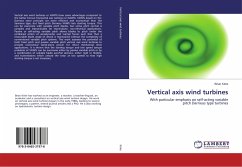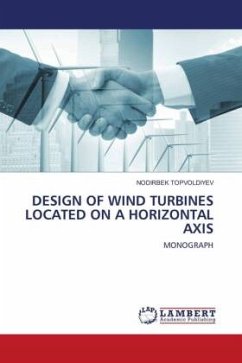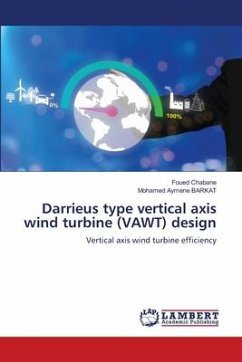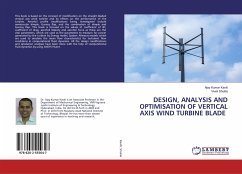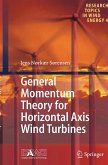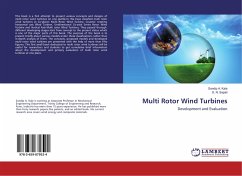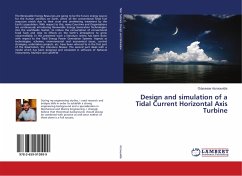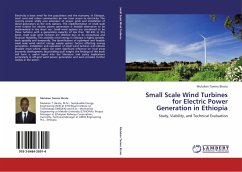Vertical axis wind turbines or VAWTs have some advantages compared to the better known horizontal axis turbines or HAWTs. VAWTs based on the Darrieus rotor principle are more efficient and economical than the Savonius type, but fixed pitch Darrieus VAWTs lack starting torque. This can be overcome with variable pitch blades, but active pitch control is complex and impracticable for stand-alone, non-electrical applications. Passive or self-acting variable pitch allows blades to pitch under the combined action of aerodynamic and inertial forces such that that a favourable blade angle of attack is maintained without the complexity of conventional variable pitch systems. This work assesses the potential of both fixed pitch and passive variable pitch vertical axis wind turbines to provide economical stand-alone power for direct mechanical drive applications. It is shown that the starting torque and low speed torque problems of VAWTs can be overcome either by passive variable pitch or by a combination of suitable blade aerofoil sections, either rigid or flexible, and transmissions which unload the rotor at low speeds so that high starting torque is not necessary.
Bitte wählen Sie Ihr Anliegen aus.
Rechnungen
Retourenschein anfordern
Bestellstatus
Storno

